The Great-tailed Grackle can be seen mainly in the West and Midwest Regions foraging in feedlots, golf courses, parks and neighborhood lawns. They have a tendency to gather with the Blackbirds (whom they are at times mistaken for) as well on lawns and fields surveying for trash.
Arizona
GREEN WITH ENVY
The Green Heron is relatively viewable in most regions of the United States while being more limited in the West. It can be spotted motionless near ponds, rivers and marshes while hunting for fish and amphibians.
THE COOLEST BIRD IN THE SOUTHWEST REGION
Today’s photo is from one of my many recent trips to Arizona. As I am unable to travel, it;’s a good time to reminisce. This is a photo of Gambel’s Quail, named in honor of William Gambel, a 19th-century naturalist and explorer of the Southwestern United States. These non-migratory birds are surprisingly fast and are a pleasure to watch. They are rarely seen in flight and spend most of their time on the ground scurrying around the desert. These are monogamous birds which rarely breed in colonies. . The female chicks which are precocial, leaving the nest with their parents within hours of hatching.
SEDONA'S FAVORITE GEM
A small locale tucked away in Verde Valley, Arizona, Sedona is best known for its glorious red sandstone structure and mild year-round climate. The city sits 1372 above sea level providing some of the most marvelous views of all the existing nature and wilderness.
The most visited landmark in Sedona is Cathedral Rock which also happens to beone of the most photographed sites in America by enthusiasts and professionals alike. The Rock formations which change colors throughout the day are known to resemble a shrine. The area appeals to hikers and nature enthusiasts as well as the risk-takers who attempt to climb this gargantuan structure. Cathedral Rock is located in the Coconino National Forest in Yavapai County. Words simply cannot justify the vision that awaits anyone visiting this amazing landmark.



